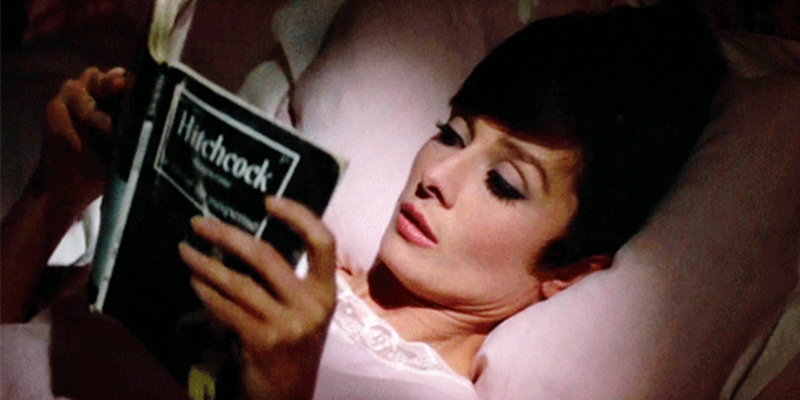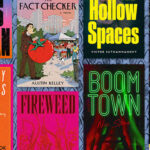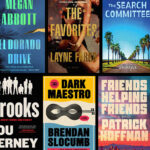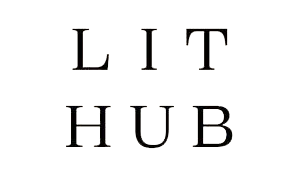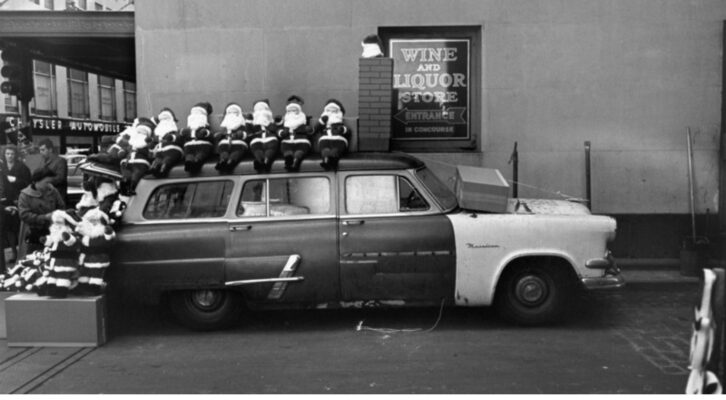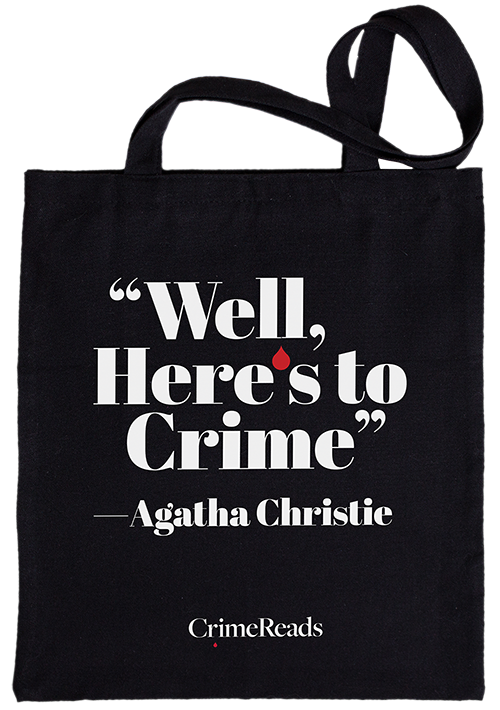Have you ever fancied yourself as an amateur sleuth? Whether it’s working out who stole the last doughnut in the office kitchen, or avidly following along with the latest true crime podcast, many of us love the challenge of trying to solve a mystery. And what better way to sharpen your instincts and train your mind to think like a detective than by reading classic novels?
In my latest book, The Busybody Book Club, my characters do just that, as each member of the book club uses their love of a different genre of fiction to help them solve a series of crimes. There’s Agatha Christie superfan Phyllis, whose obsession with Miss Marple has taught her to see dangerous characters and suspicious motives at every turn. Romance reader Arthur believes that they’re investigating a crime of passion with love at its heart, while teenage sci-fi fan Ash thinks dark forces are at play. Between them, the book clubbers combine their literary learnings to try to catch the criminal. If you’d like to try your hand at sleuthing, be it piecing together a real-life puzzle or simply for the thrill of deduction, here are eight novels to help you hone your detective skills one clue at a time.
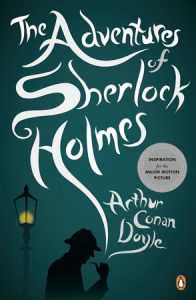
The Adventures of Sherlock Holmes by Arthur Conan Doyle
World-famous literary detective Sherlock Holmes is a fantastic place to start for anyone looking to sharpen their sleuthing instincts. Holmes is renowned for his skills of observation, logic and deduction, and across these twelve short stories, readers are encouraged to do the same: notice the small details, question what seems obvious, and think critically about every piece of information. Although I’m not sure Holmes’ drug use would be a recommended investigative method these days!

The Murder of Roger Ackroyd by Agatha Christie
Agatha Christie is a must-read for anyone interested in developing their detecting skills, and The Murder of Roger Ackroyd is particularly brilliant in teaching us that solving a crime isn’t just about spotting clues: it’s about questioning what you’re told and noticing what’s left out. Throughout Hercule Poirot’s investigation into the mysterious death of a wealthy man, Agatha Christie uses misdirection masterfully, showing how even a reliable narrator might not be telling the full story. The novel highlights the importance of trusting your instincts when something doesn’t quite add up.
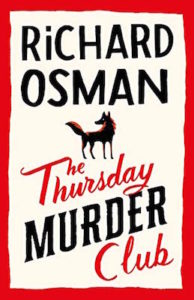
Thursday Murder Club by Richard Osman
Osman’s wonderfully eccentric team of senior amateur sleuths teaches readers another important lesson: solving mysteries isn’t just about evidence—wit, charm, and teamwork matter too. The club’s retirees use humour, intuition, and life experience to uncover the truth, often getting further with conversation than confrontation. Their strength lies in working together, each member bringing unique skills to outsmart suspects and piece together clues.
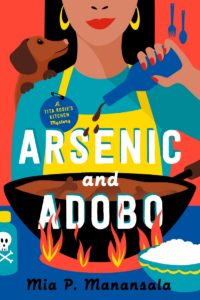
Arsenic and Adobo by Mia P. Manansala
It’s all very well trying to solve a crime when you’re an outsider, but what about when you’re also the prime suspect? In Mia P. Manansala’s debut novel, Lila Macapagal is blamed for the sudden death of a food critic in her family’s restaurant, and has to not only uncover the culprit but also clear her own name in the process. This is a great book to read if you want insights into solving a crime in a tight-knit community, as well as balancing emotional involvement with logical deduction. Plus if all this sleuthing is making you hungry, the book is also a foodie delight!
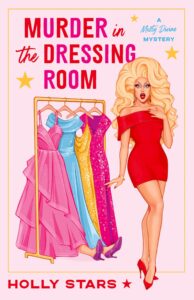
Murder in the Dressing Room by Holly Stars
This recently released murder mystery set in a London drag club is a great lesson in looking beneath the surface and understanding the personal dynamics and hidden tensions that can lead to murder. Through her investigation into who killed her boss and mentor, night club owner Lady Lady, unlikely amateur detective Misty Divine explores how jealousy, ambition, and rivalry can all be motives for murder, and shows us that solving a crime isn’t just about finding clues—it’s about reading between the lines and understanding what drives people to do what they do.
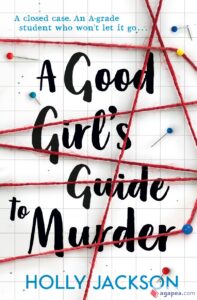
A Good Girl’s Guide to Murder by Holly Jackson
One for the younger detective, this book is about a student investigating a closed murder case for a school project. It contains lots of valuable lessons for the aspiring sleuth, particularly around how to build a case. As Pip investigates, she tracks suspects with timelines, interviews, and evidence, constantly adjusting her theories as new information comes up. The book highlights how to deal with conflicting evidence by comparing stories, spotting lies, and staying focused on the facts.
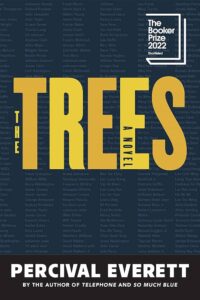
The Trees by Percival Everett
Percival Everett’s award-winning literary novel brilliantly shows us that solving a crime isn’t always just about finding the killer—it’s about understanding the bigger picture. The story follows a strange and often darkly funny investigation into a series of racially motivated murders in Mississippi, but instead of just focusing on the “whodunit,” the novel asks us to think about why these crimes happen and what they’re connected to. It teaches the reader that sometimes the key to solving a mystery isn’t just in the clues, but in the history no one wants to talk about.

The Appeal by Janice Hallett
Now that you’ve learnt from the masters, it’s time to put your newfound skills to use. Janice Hallet’s fantastically original novel allows readers to actively play detective along with the characters. The Appeal, about a murder in an amateur theatre group, is structured entirely through emails, texts and documents, and the reader has to join two young lawyers as they sift through the material to try and unpick the contradicting statements, gossip and slander to work out what’s really going on. Use everything you’ve learnt to build timelines and track shifting alliances, explore motives and uncover context. And don’t forget to pay attention to even the smallest, most mundane messages which might contain key evidence. Good luck!
***

